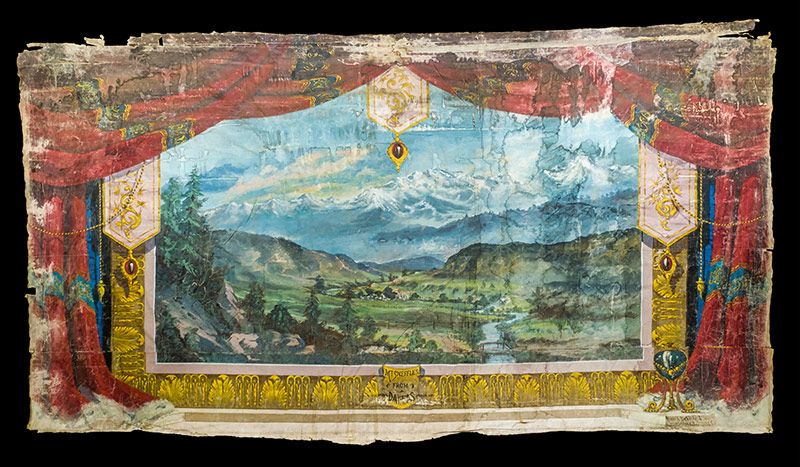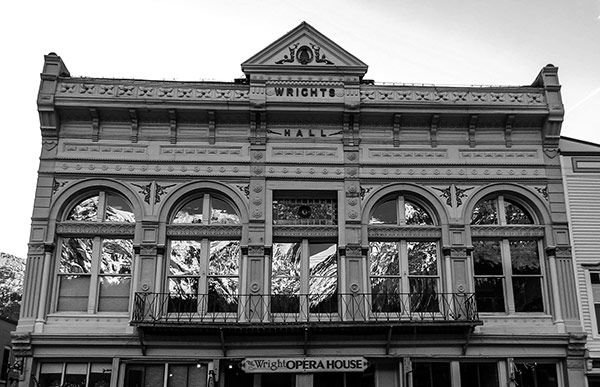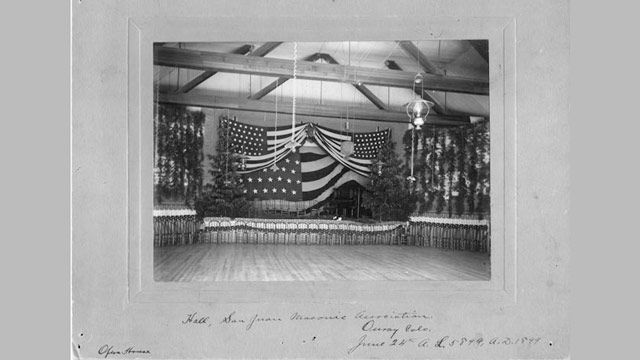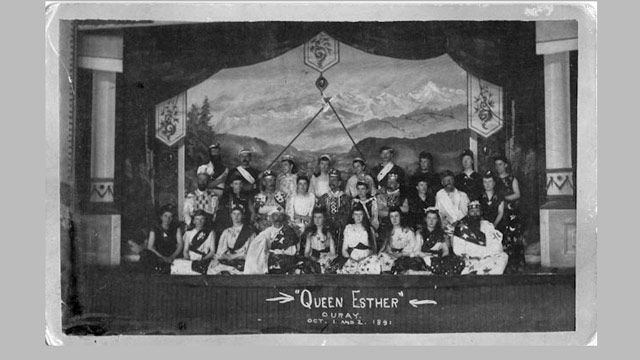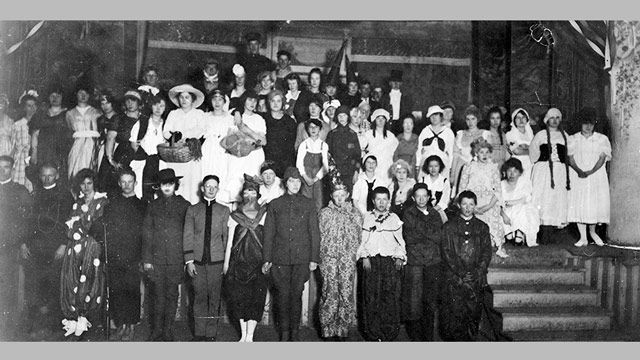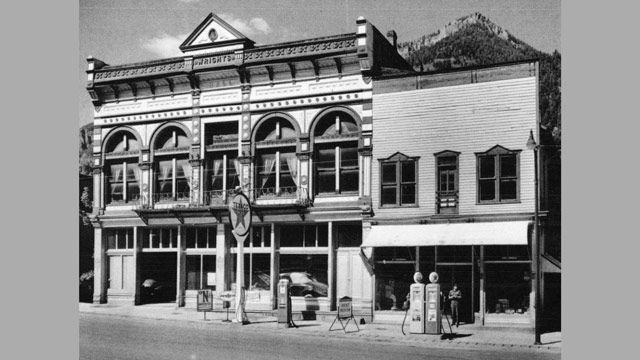History continued...
Together with the Beaumont Hotel, Ouray County Court House, School House, and Miners Hospital (which now houses the Ouray County Museum), the Wright Opera House was one of the most imposing brick structures in Ouray during the late 1880s and early 1890s. This building “with its decorative iron front structural style and cast iron piers supporting the pressed metal front of the second floor was an addition the town could be proud of. Above the middle window of the second floor was a stained glass window and at the top and center of the building in pressed iron WRIGHTS HALL was clearly visible. A wrought-iron balcony extended in front of the three middle windows on the second floor,” all of which was manufactured by Mesker Brothers Iron Works of St. Louis, Missouri. It is one of about 19 structures on Ouray’s Main Street that are believed to be Mesker iron facades, which makes Ouray’s Main Street what is believed to be one of the largest concentration of Mesker fronts still extant in the United States. The hall was entered through a door level with a sidewalk on Third (Main) Street on the north end of the building and a stairway led up to the hall with the ticket office at the top.”
According to Darius Bryka of the Illinois Department of Historic Preservation and the expert on Mesker buildings, the Wright Opera House is the finest example of a Mesker Building that he has seen in the United States.
The grand opening of the Wright Opera House was held on December 4, 1888, with a benefit concert and ball given by the Magnolia Band to pay for uniforms. Later that month on December 19, 1888, Professors David and Laux provided a musical program consisting of piano and organ duets.
A number of years elapsed before the local residents began to accept this new cultural center for Ouray. Attendance was spotty until the collapse of the mining era. Then more and more activities were held in the Wright Opera House, including cultural activities for the school. Musicians were brought from Denver and other more culturally rich areas to perform for the people in Ouray County. Finally the Wright Opera House became the center of activities for the city of Ouray and the remainder of the County during the early part of the 20th century.
After a number of years of relative non-use of the Wright Opera House, it is once again being used for cultural events for the public. This structure which is very visible on Main Street makes a very significant contribution to the Ouray Historic District as stated in the Catherine Norman Survey of 2005 and is also a candidate for an individual listing on the National Register of Historic Places.
